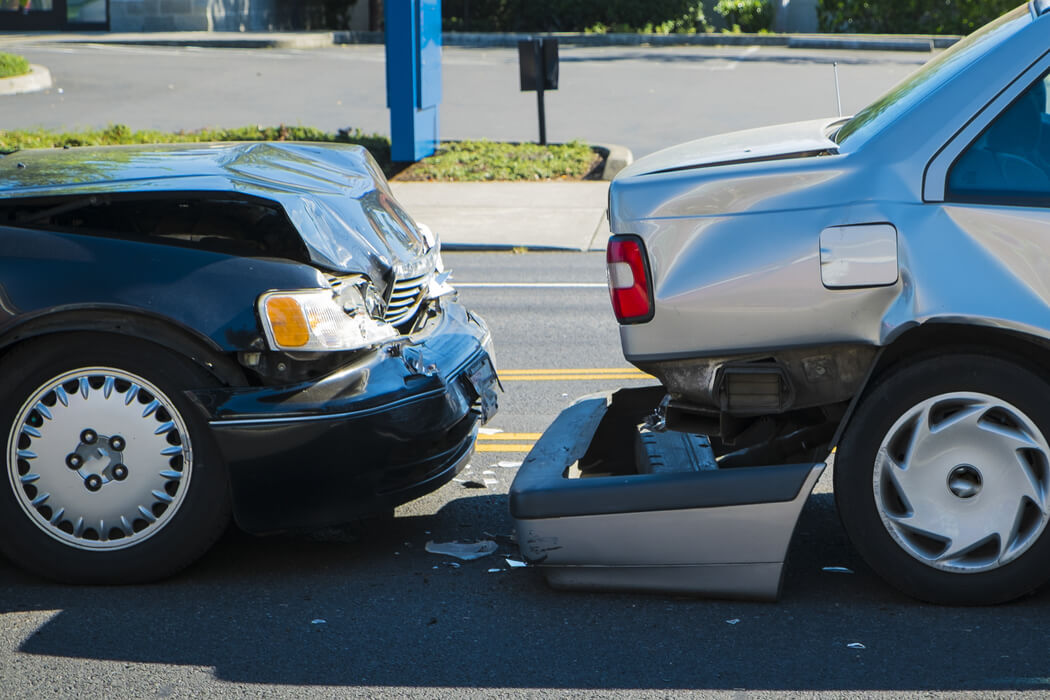
If you are having a hard time determining who is at fault after a rear-end collision, contact your West Hollywood accident attorney.
Rear-end collisions are by far the most common kind of accident in the United States. Especially in busy areas like West Hollywood. One out of every three traffic accidents is a rear-end collision, according to data collected by the National Highway and Traffic Safety Administration (NHTSA). If you have been rear ended in West Hollywood, you may want to talk to your West Hollywood accident attorney to determine what kind of steps you should take. You may be entitled to compensation.
Injuries Caused by Rear-End Accidents
Rear-end crashes cause damage to cars, and occasionally damage other property, as well. In extreme cases, they can even cause significant injuries to the parties involved. Here are some of the most common injuries people experience because of this type of accident:
- Spinal injury or other back injury
- Whiplash
- Injuries caused by the seat belt or airbag
- Brain trauma
- Broken bones or teeth
- Bruising
- Facial injuries or other head injuries
- Burning
- Cuts
- Wrist and arm injuries
- Internal organ damage
Contact your West Hollywood accident attorney to discuss whether you can pursue compensation for any injuries that may have resulted from a rear-end accident.
What Causes Rear-End Accidents?
Paying attention on the road is the best way to avoid rear-end collisions, but sometimes there is nothing you can do to avoid an accident. These are often the result of negligence on the part of other drivers. Your West Hollywood accident attorney can help you find out if the other driver was being negligent at the time of the accident.
Here are some of the most common causes for rear-end collisions:
- Driving under the influence
- Disregard for traffic laws, signs, and signals
- Speeding or being impatient
- Tailgating
- Distraction due to parking lots or parking garages
- Improper use of turn signals or failure to use signals
- and lastly, distraction caused by cell phones, music, or some other reason
A rear-end collision can happen at any time, and there are many possible causes. These are simply some of the most common causes. So, contact your West Hollywood accident attorney, and they can work to figure out exactly what caused your recent accident.
Who is at Fault for a Rear-End Collision?
If you are part of a rear-end collision in West Hollywood, the good news is that the fault most likely lies with the person who hit you. If one driver was moving, and the other was not, the driver who was moving at the time of the accident is almost always at fault. Even if both drivers are moving, or the lead driver slams on the brakes, the rear driver is almost always responsible.
The most common exception to this is when the lead driver has cut off the rear driver. In this case, the negligence and fault may fall on the lead driver, because the rear driver may have had no way to avoid the collision. So, if you are having a hard time determining who is at fault after a rear-end collision, contact your West Hollywood accident attorney to get the help you need.
Finding a West Hollywood Accident Attorney
Visit California Injury Attorneys online to learn more about our services. You can also call our office at (323) 999-HELP. Our office hours are 8:00 AM – 5:00 PM. However, we are available 24/7 to take your call. Your West Hollywood accident attorney should be caring and want to win as badly as you do. At California Injury Attorneys, we give free consultations, so there is no pressure to work together on your case unless we are the right fit. We also offer a Live Chat on our website so we can start reviewing your case for free whenever you’re ready.

